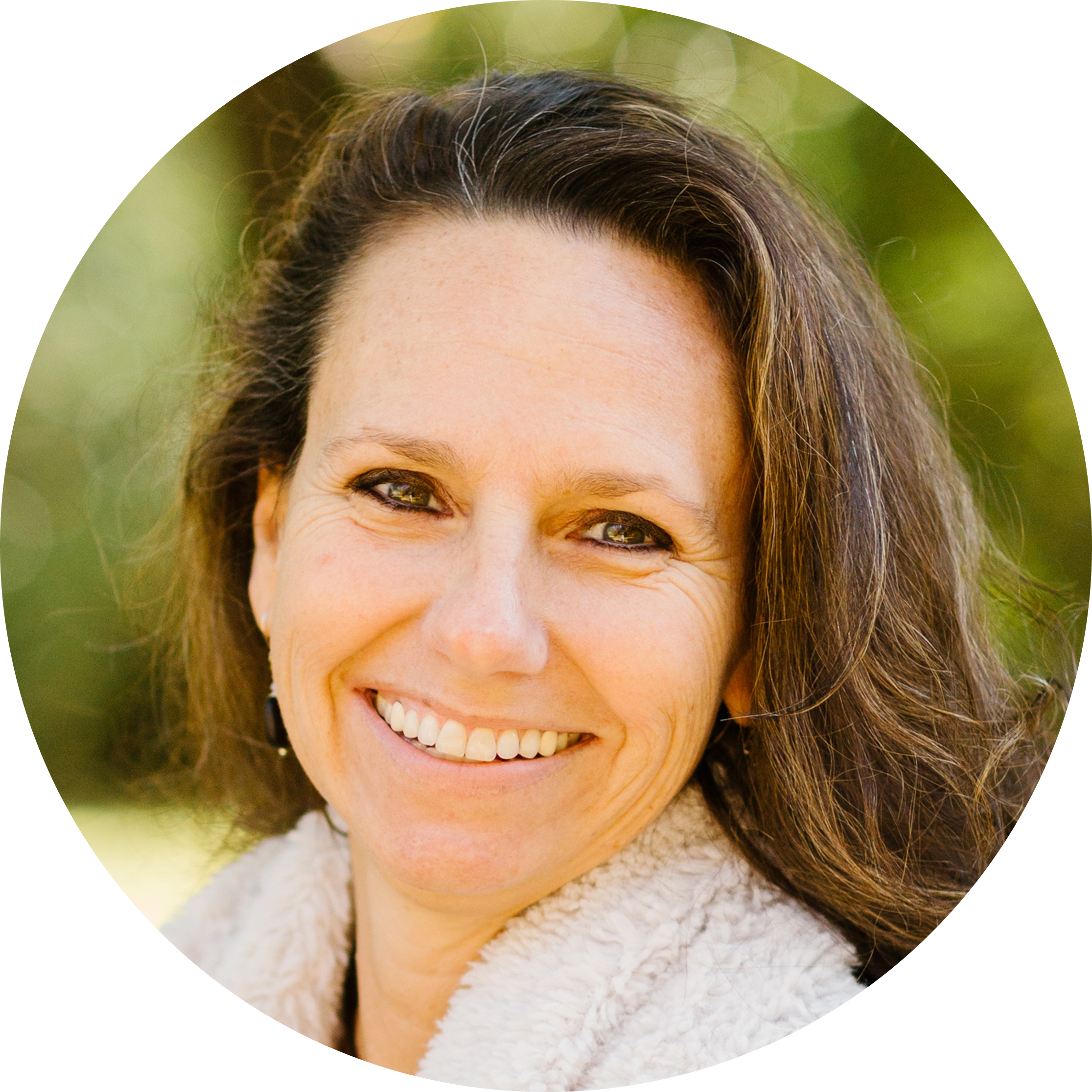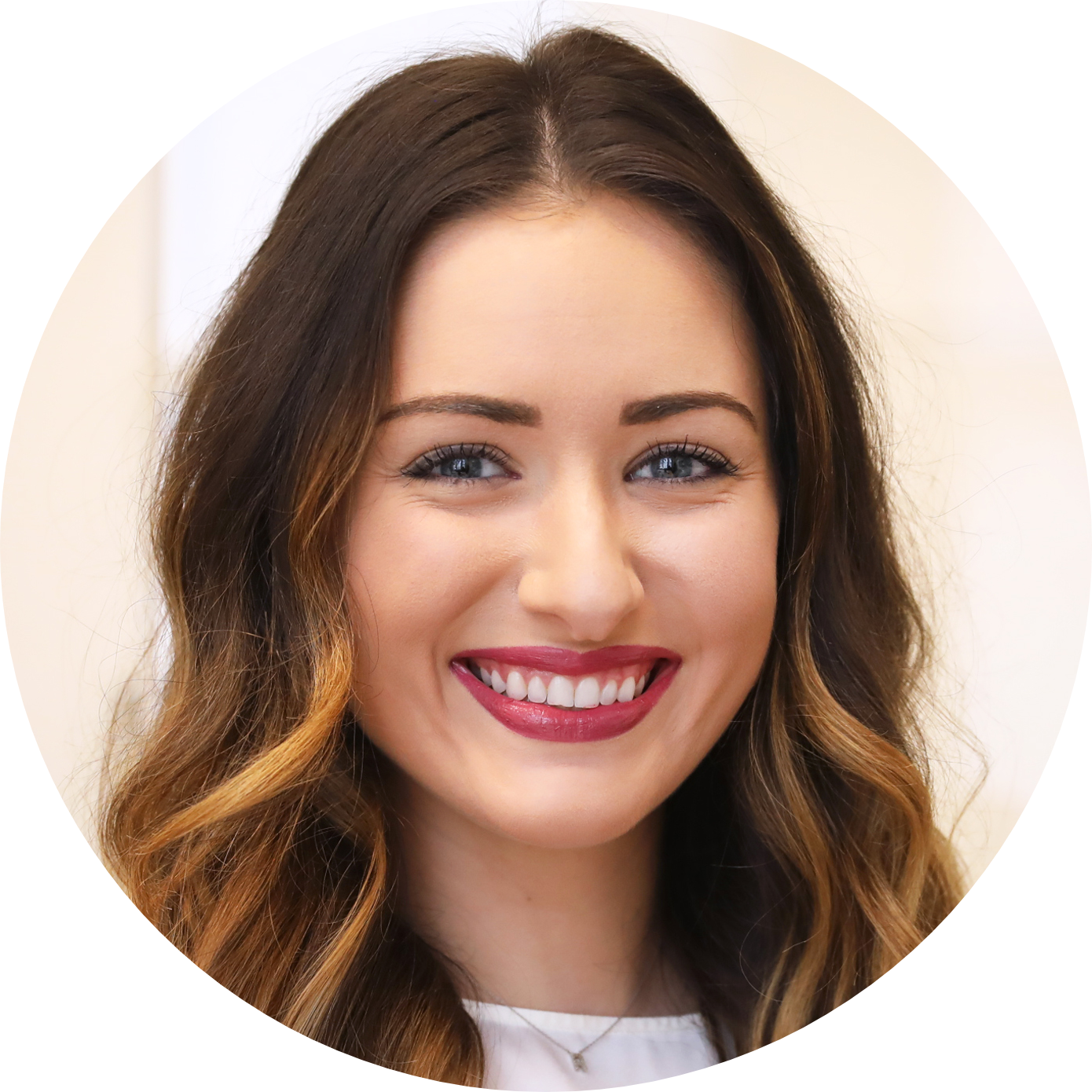As the world continues to maintain its social distance, marketers and creatives are adjusting to new circumstances and safety measures.
While in-person events, from marquee conferences to VIP dinners, are being cancelled, creative leaders are taking this opportunity to pivot to a new format: the virtual event.
Hosting a virtual event presents unique hurdles, especially as many organizations are making this switch for the first time. Virtual events also open new doors, as attendees are not limited by work schedules, geography or travel costs.
We spoke with a few of the experts to learn what it was like to make these changes. Find out how Hashtag Sports, Henry Stewart Conferences, Front Office Sports, and our own team here at PhotoShelter pivoted to virtual events, and walk away with lessons learned, new ideas and inspiration.
Check out their tips below and join in the conversation! Head over to our new creative Slack community to share your experiences and ask follow up questions of your peers.
Thanks to all of these thought leaders for their valuable insights. Their tips are sure to help you make the seamless switch to a virtual event!
Mitchell Gross
Account Executive at Front Office Sports
LinkedIn | Twitter
What changes have you made to your event in response to the recent crisis? How far in advance of your event did you start making changes?
We essentially moved all ‘events’ digitally, and structured them as one-off webinars – turned out it was more efficient and effective for our partners in the long run. For our Rising 25 initiative, we launched a primarily digital campaign for the winners, and have turned our efforts to a fall event. These changes were implemented about a month prior to each event’s scheduled date.
What has been the biggest challenge? How did your team change its strategy and workflow to overcome these challenges?
Our biggest challenge has been the creative limitations of digital events – programming is generally difficult for standard events, even more challenging for a successful large scale digital event.
We launched interactive digital content, like Fundamentals (live interview show), relatively quickly. We’ve also got a few other initiatives in the pipeline, like Wellness Wednesday (digitally hosted workouts). Creativity when engaging with our audience right now is key. Aside from events, we’ve also asked our audience for feedback through various surveys – never a bad time to gain insight from the folks engaging with our content daily.
How did your audience react/respond?
Generally speaking, it’s been an overall positive response. Fundamentals currently averages 3k viewers per episode, and we host 2 live streams a week. Our newsletter has grown about 3x in the last 2 months, and maintains the same open rate.
What’s your #1 lesson learned or tip for a team planning a virtual event?
Virtual events are difficult to pull off on their own, but after 4 months of attending tons of online webinars, panels & events, most of us have some sort of fatigue. Events moving forward will have to be more intimate – focused for a small group of folks who will see the most value in attendance, rather than a larger gathering for high-level talks.
David Lipsey
Global Chair at The Henry Stewart Conferences on The Art and Practice of Managing Digital Media
LinkedIn | Twitter
What changes have you made to your event in response to the recent crisis? How far in advance of your event did you start making changes?
We made a few programmatic changes, including experimenting and then adopting “geo-fencing” so that the online audience was primarily drawn from a common geography. Since several events were replacements for Regional meetings, this seemed like an approach well-suited to embrace or define community, albeit within the limits of digital engagement. We also were fortunate to have speakers drawn primarily from the intended geography.
Normally we convene the speakers for a pre-event dinner and conversation. As a stand-in, we held a call so they could make some acquaintance with one another, and then provided a local lunch directly with a local restaurant for the speaker – in their neighborhood. We do not use any third-party service – the payment goes straight to the restaurant.
To further the sense of community, we work with hyperlocal small producers / companies in each geography and purchase something from these small businesses. We give them away throughout the events – and call them “non-door prizes”!
At the end of each event, we use an on-line spinning wheel that resembles the spinner in “Wheel of Fortune” and all of the attendee’s names are loaded on the wheel. The wheel “spins” (it even makes noises) and the arrow points to the winner of the “drawing”, which is tuition to one of the courses in the Rutgers University Professional DAM Certificate program.
What has been the biggest challenge? How did your team change its strategy and workflow to overcome these challenges?
Creating a sense of community. Trying to encourage interaction in the sterility of the digital environment. Managing the presentation technology to ensure a smooth experience. The other changes we made are outlined above.
How did your audience react/respond?
We’ve had great response – word “travels” from region to region, and we’re delighted with the results.
What’s your #1 lesson learned or tip for a team planning a virtual event?
Rehearse, rehearse, and then practice again. Make an extra effort to help the speakers be ready!
Emily Black
Head of Programs and Marketing at Hashtag Sports
LinkedIn | Twitter
What changes have you made to your event in response to the recent crisis? How far in advance of your event did you start making changes?
Thanks to the combination of careful planning and a little bit of luck with timing, we activated contingency plans in early March for our annual flagship conference (slated for June 16-17). The Hashtag Sports event platform actually launched originally as a virtual event series, and the irony in our story is that after a five year virtual hiatus, we were planning (pre-pandemic) to bring our virtual conference back to life in Fall 2020. When it became clear that we would not be able to host a safe in-person event this summer, we were able to flip our schedule and host the virtual event in June and postpone our flagship conference to October.
What has been the biggest challenge? How did your team change its strategy and workflow to overcome these challenges?
The biggest challenge for us—and likely for most event organizers—is the competition for attention spans. With low costs and few barriers to entry, anyone and everyone can produce a digital event or virtual conference, which raises the bar and expectations for the professional event organizer in order to capture attention. Not only are we competing for eyeballs with other events, in a WFH world, we’re all also in competition with the TV in the background, kids at home, and a typical workday schedule. Despite the inherent challenges, we didn’t change our strategy or workflow too much because we believed if we built the best content and event experience rooted in existing knowledge of our audience, everything else would fall into place.
How did your audience react/respond?
In the current environment, we’ve found most audiences share three qualities:
-
- Grateful (for the opportunity to connect with peers as they would have in-person)
- Forgiving (of technical difficulties and imperfections)
- Excited (to have something new/different in their day to break up the monotony)
Our audience is/was no different. We received awesome feedback about the quality of our production, speaker diversity and audience engagement for our virtual conference this month.
What’s your #1 lesson learned or tip for a team planning a virtual event?
Don’t overthink it! Use the knowledge and blueprint that has worked for your real world events and adjust + adapt as necessary. Most of the basic elements will still work. You don’t have to reinvent the wheel!
Yoav Guttman
Senior Manager, Demand Generation at PhotoShelter for Brands
LinkedIn | Twitter
What changes have you made to your event in response to the recent crisis? How far in advance of your event did you start making changes?
We had an idea for an event at the beginning of 2020 but one of the people leading that project left the company. Then, once we started seeing that lots of conferences were getting cancelled and moving to a remote version, we saw the opportunity to engage our community. Off the back of increasing our webinar frequency and attendance, we sensed that an all-day event would and could draw a lot of enthusiasm. So, about 7 weeks before The PhotoShelter Summit for Brands on June 25, we started planning. Our team had daily scrum meetings to discuss what needed to happen in the next 24 hours, where we were, what we were waiting on, and where we needed to be. Additionally, our event lead Rachel Brown was a master in organizing just about every aspect – from who we were reaching out to for speaking, what we needed from them, timelines on marketing plans, etc. We opened registration somewhat before we had the answers to most of these questions, with about 5 weeks before the big day.
What has been the biggest challenge? How did your team change its strategy and workflow to overcome these challenges?
Our biggest challenge was 2-fold. One was simply a technological challenge. Since we had not planned this event, we were not relying on some large technology budget to go and get whatever THE TOOL was for all-day virtual conferences. However, we used the tried and true GoToWebinar subscription we had been running our webinars on for years. As this was a much more involved and longer event, we had numerous test runs to make sure we knew every aspect of the technology. We quickly joked that we had become the experts in it. And then, we had dress rehearsals with each speaker to ensure that it worked for them, and that they sounded and looked good.
The other challenge was managing demand. We initially aimed for 9 speakers…but as word got out, we kept adding folks who were excited to be a part of the day. As we passed 30 speakers, we had to figure out a schedule that worked both logistically and from a content narrative perspective.
How did your audience react/respond?
They loved it. We had so many people on throughout the day, people who jumped in and out and then came back, people who put it on in the background while they were working… And before, during, and after, we must have had dozens of folks ask us if it was going to be recorded and if they could get the recording. Additionally, we launched our new slack community at the same time and the energy and engagement there was through the roof.
What’s your #1 lesson learned or tip for a team planning a virtual event?
Overcommunicate, overthink, plan, and act fast. We imagined dozens of scenarios – from the speakers not being on at the right time to being zoombombed. We had a plan and discussion for each. Our team talked every day about all the nuances. And when you disagree, make sure someone has the decision making ability and makes a decision. Then, the rest of the team has to get on board and keep pushing through to make your event a success. Oh, and one thing we ALWAYS recommend to anyone doing anything virtual and public-facing – do a dress rehearsal.
Up Next
Want to learn more about pivoting in 2020? Check out The PhotoShelter Summit for Brands. And, if you want to want to learn more about how to improve your virtual workflow, book a meeting with our team here.







